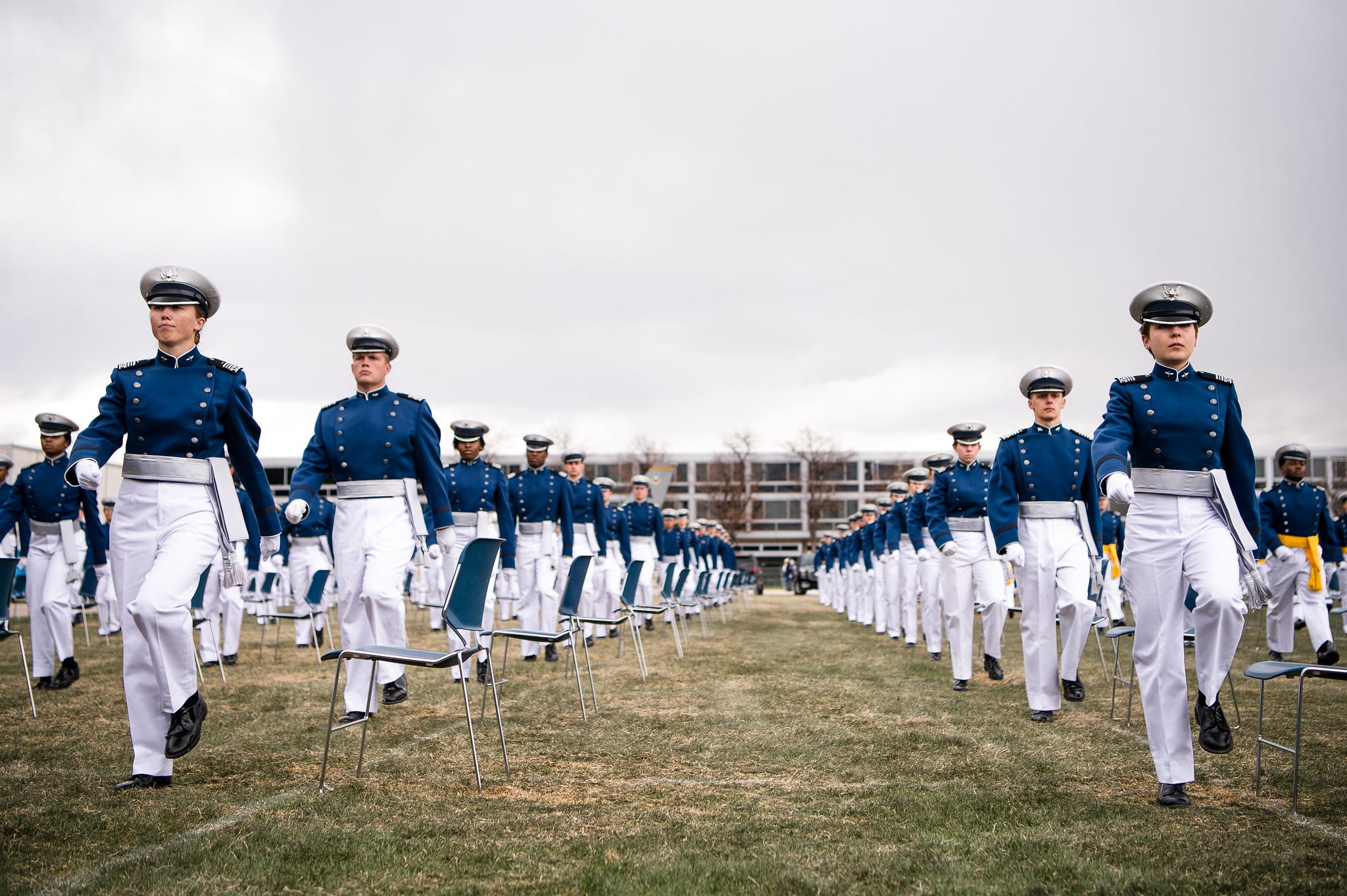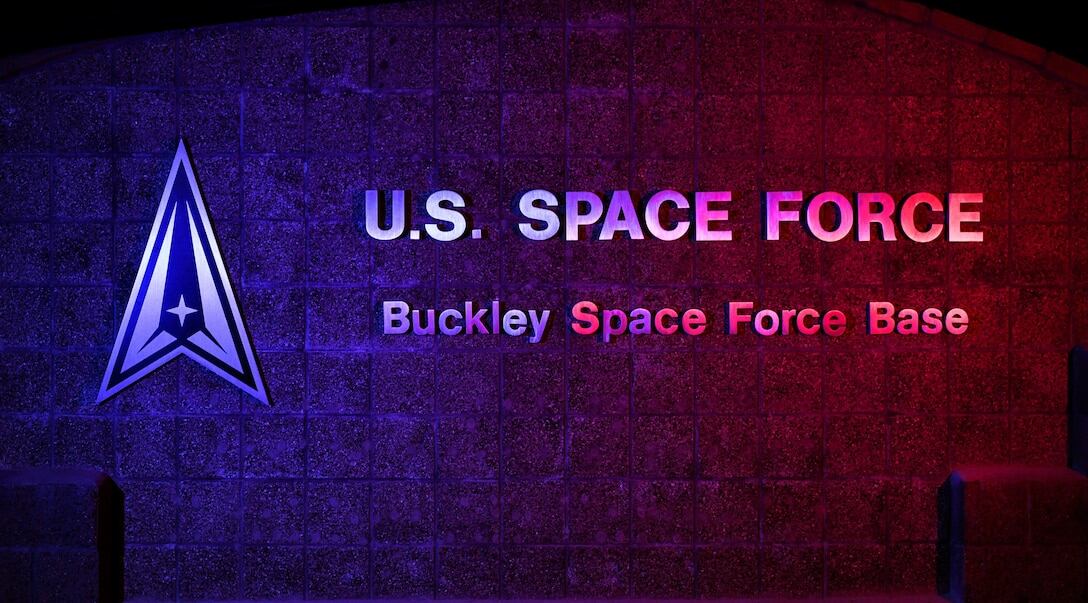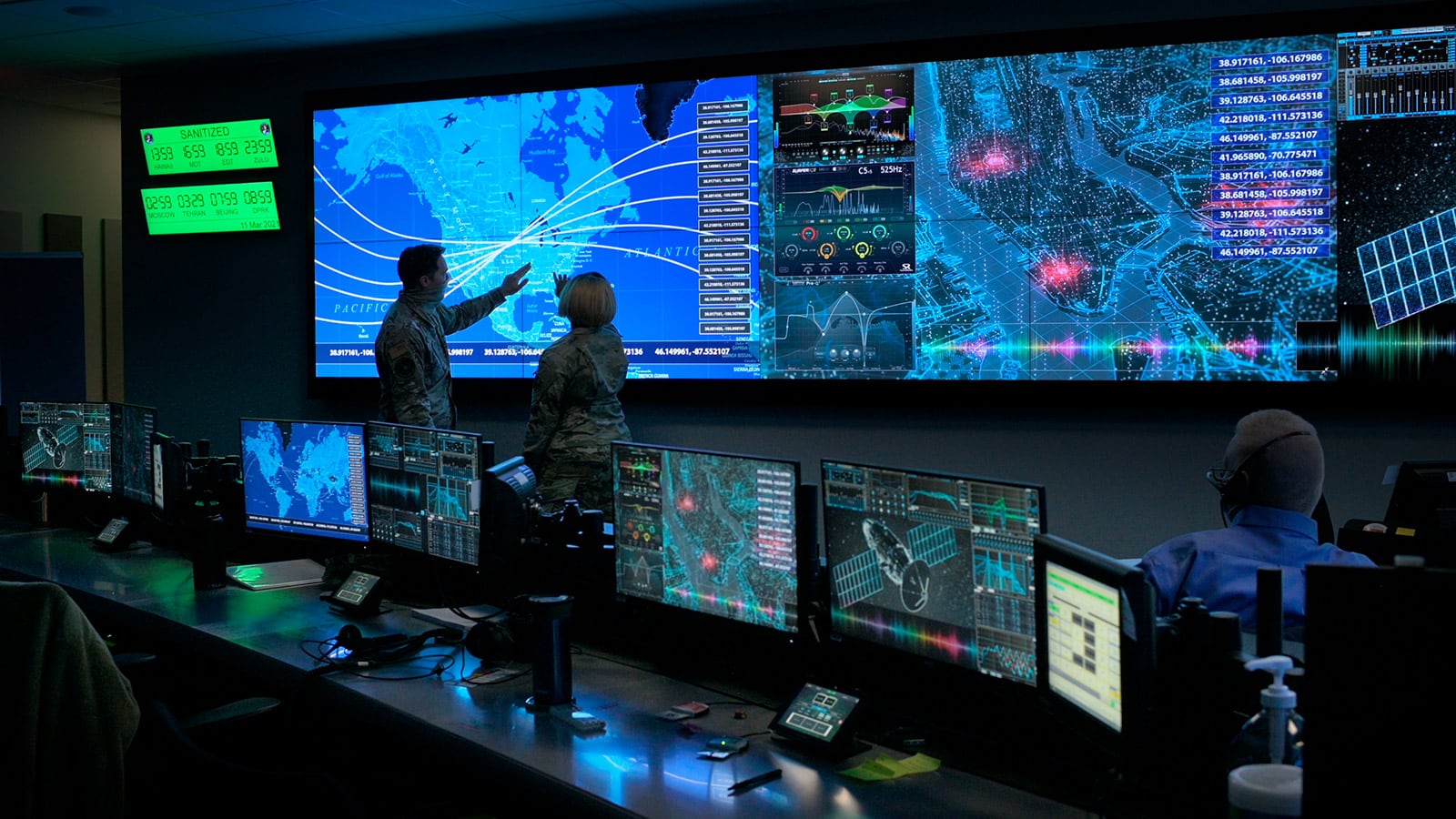Six current and future Space Force bases are in the running to be the home of its new Space Training and Readiness Command and subordinate units, the Department of the Air Force said Monday.
Buckley, Peterson and Schriever Space Force bases in Colorado; Los Angeles Air Force Base and Vandenberg SFB in California; and Patrick SFB in Florida are candidates to host STARCOM headquarters. Los Angeles AFB, a major space acquisition installation, will be redesignated as a Space Force base in the future.
STARCOM is one of three Space Force field commands and handles professional development, education and training for its guardians, as well as coming up with space warfighting doctrine, tactics, techniques and procedures. It also handles operational test and evaluation of space assets developed and purchased by Space Systems Command, another field organization.
RELATED

The organization stood up in August 2021 and is temporarily located at Peterson SFB in Colorado Springs until a final basing decision is made.
Officials will survey the sites in late April or early May to weigh the pros and cons of each location, though the Department of the Air Force did not say how long the review is expected to take.
“The assessment will be based on factors related to mission, infrastructure capacity, community support, environmental considerations and cost,” the department said in a press release.
RELATED

Three installations — Patrick SFB, Schriever SFB, and New Mexico’s Kirtland AFB — are under consideration to host STARCOM deltas, which function like Air Force wings.
Kirtland and Schriever are competing to host Deltas 11 and 12, which respectively handle training range operations as well as test and evaluation work.
“These bases offer existing range infrastructure that supports test, training, and exercise activities within close distance to range and aggressor stakeholders,” the Department of the Air Force said. Kirtland and Schriever both sit near space industry hubs.
Patrick is the lone candidate for Delta 10, which focuses on space doctrine and wargaming. Like the New Mexico and Colorado bases, it is the only candidate being considered to host the mission because it can tap into local modeling and simulation capabilities as well as the Space Coast’s commercial and civilian space expertise.
RELATED

An education-focused unit, Delta 13, will go through the same base selection process once its curriculum and structure are created. Delta 1, another subordinate to STARCOM, already holds initial skills, follow-on and advanced training at Vandenberg.
“Site surveys at the candidate locations for Deltas 10, 11 and 12 will wrap up in 2022 to determine which is best suited to host each delta’s mission,” judging installations on the same criteria as those being considered for STARCOM headquarters, the release said.
The Space Force plans to employ 8,400 military personnel by the end of September and grow to 8,600 in the following year. It also aims to grow from about 4,300 to 4,900 civilian employees in that time frame as well.
RELATED

Military space basing has become a touchy subject on Capitol Hill after lawmakers challenged the Trump administration’s decision to put the new U.S. Space Command at Redstone Arsenal in Alabama — across the country from its temporary home at Peterson and away from other long-established Air Force space sites.
SPACECOM handles the day-to-day business of offensive and defensive military action for America’s satellites, ground radars and other space systems.
Both the Pentagon Inspector General’s Office and the Government Accountability Office are looking into whether the government conducted a fair search for the next SPACECOM location. Command boss Gen. James Dickinson indicated to lawmakers this week that the two reviews may wrap up soon.
Rachel Cohen is the editor of Air Force Times. She joined the publication as its senior reporter in March 2021. Her work has appeared in the Washington Post, the Frederick News-Post (Md.), Air and Space Forces Magazine, Inside Defense, Inside Health Policy and elsewhere.




